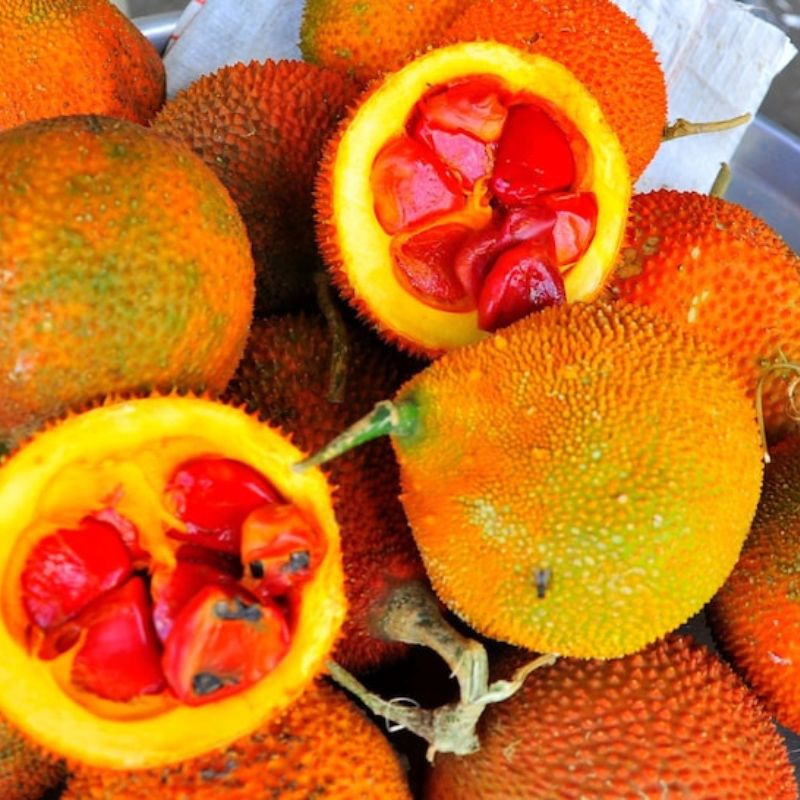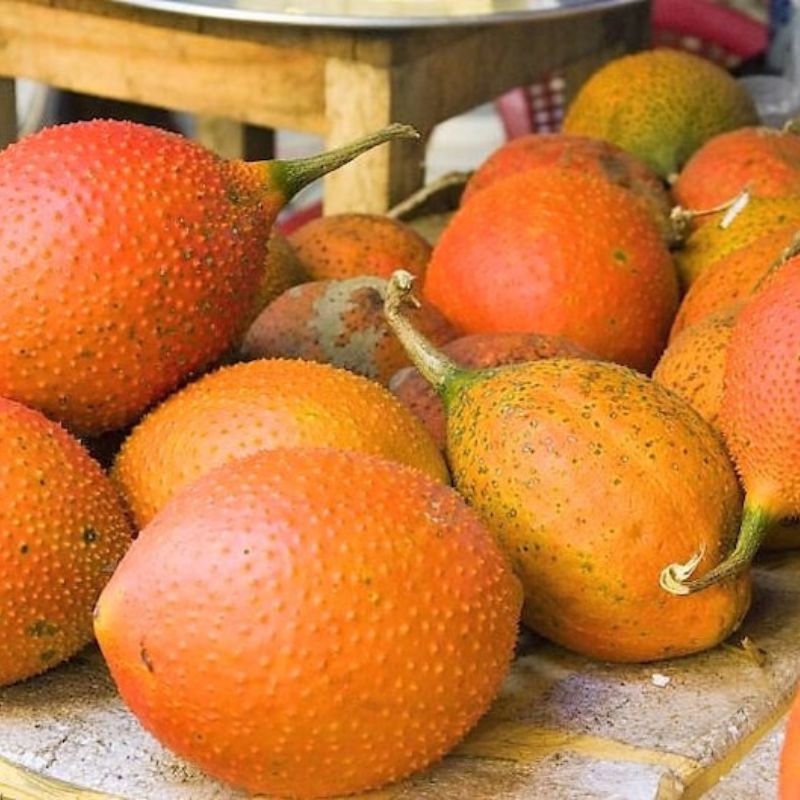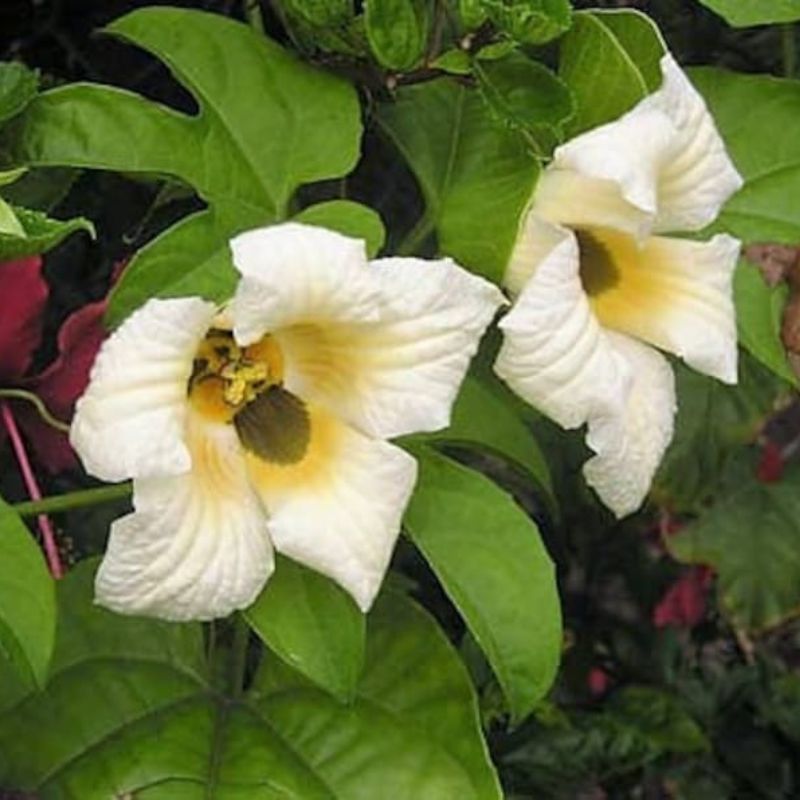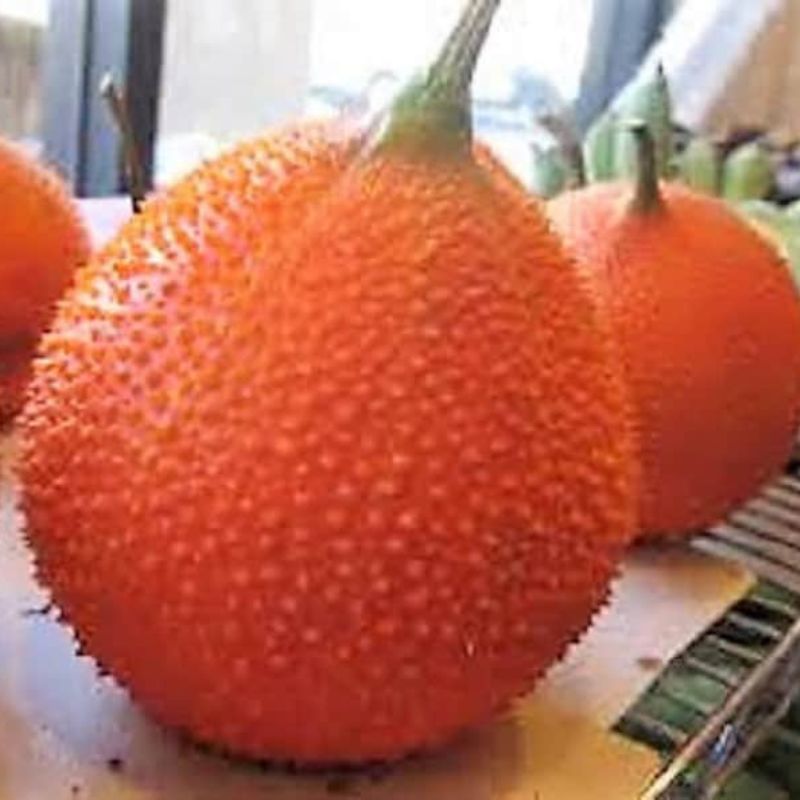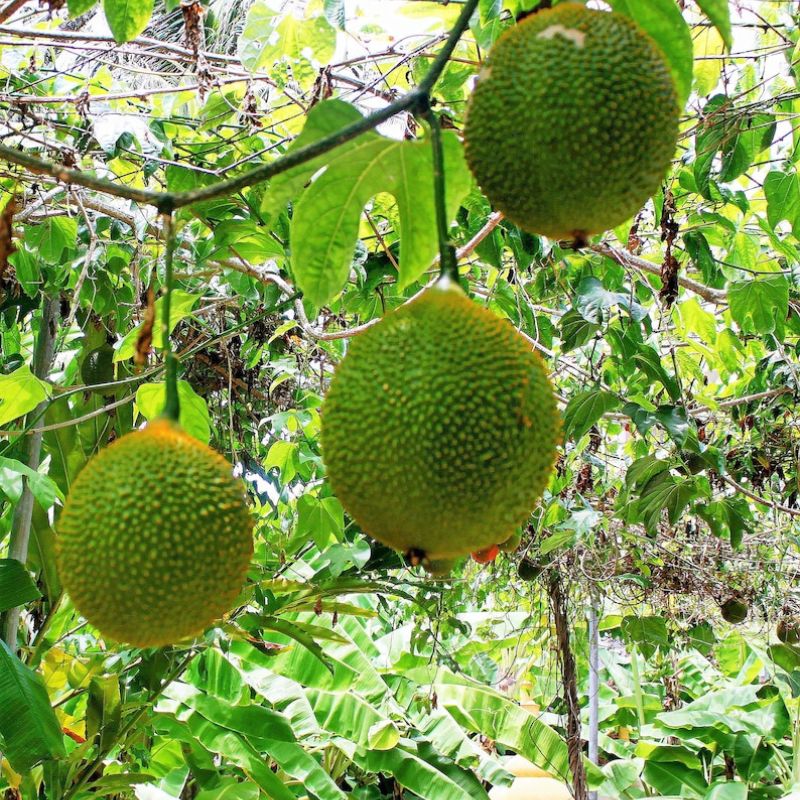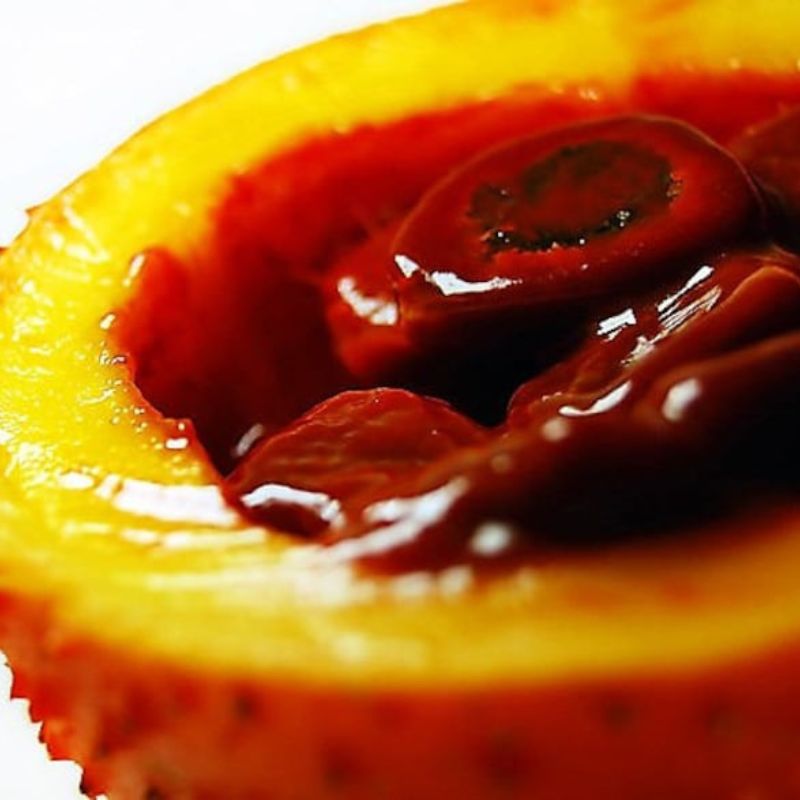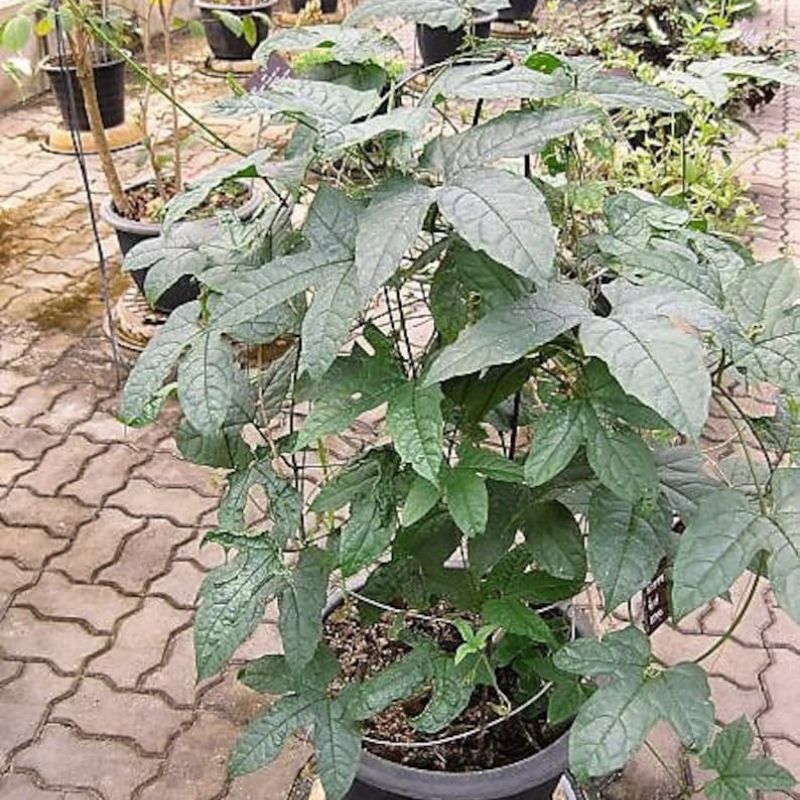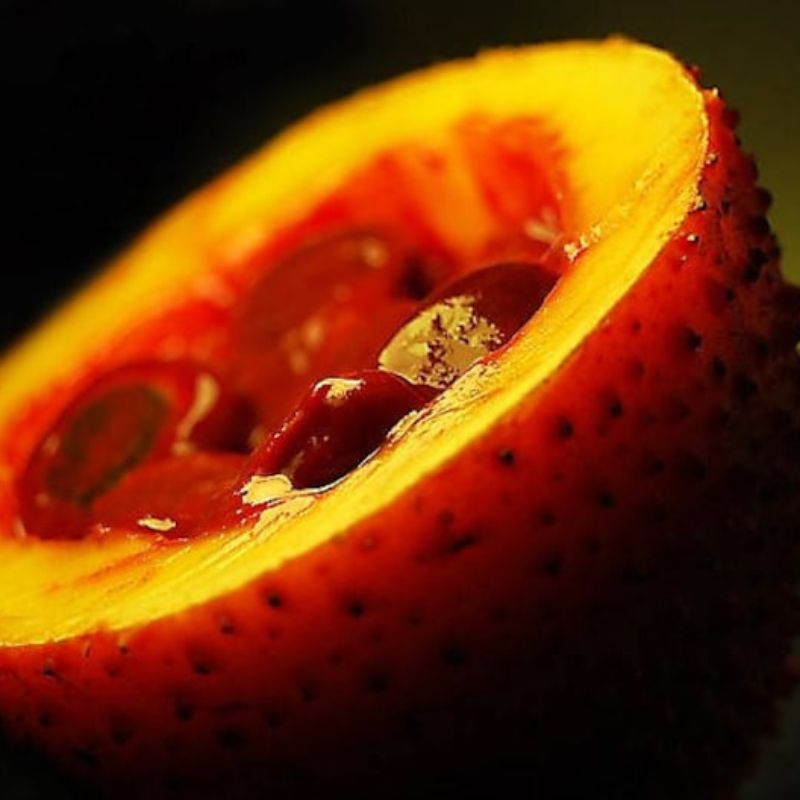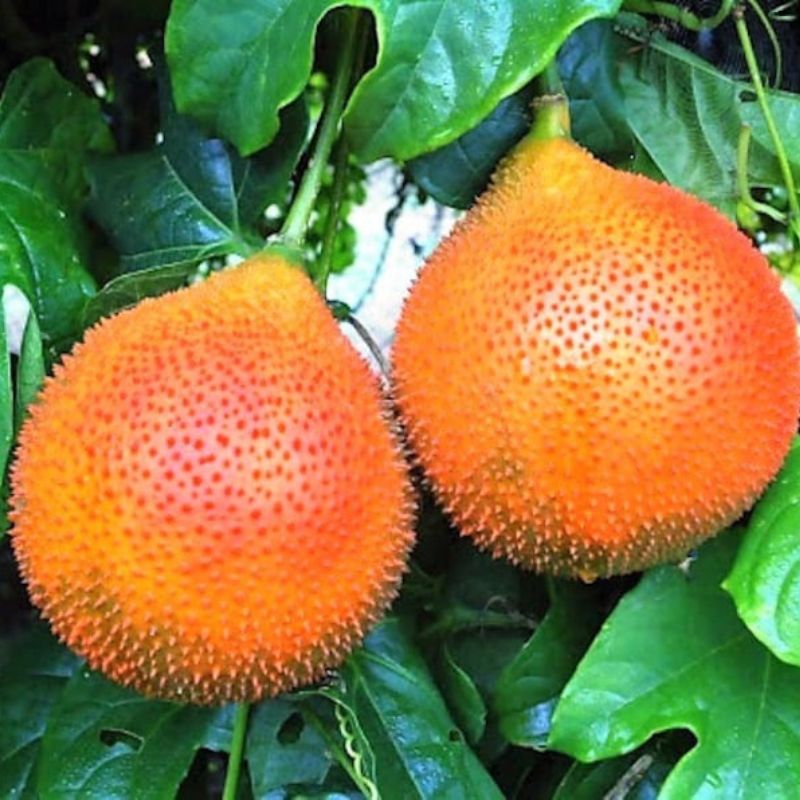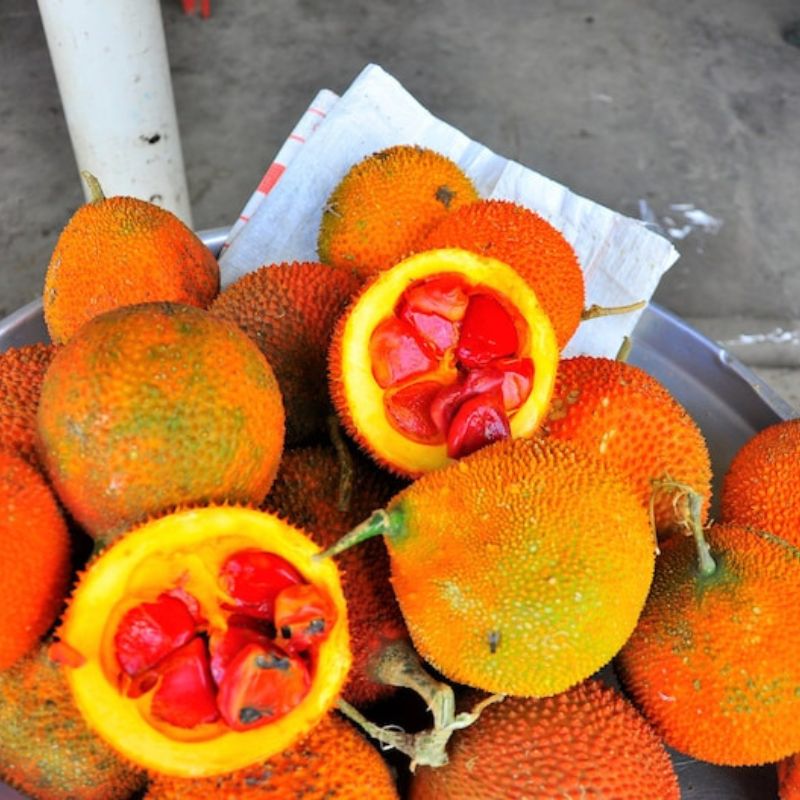- Historical context: Momordica cochinchinensis, commonly known as Gac, is a fruit native to Southeast Asia. It has been used for centuries in traditional medicine and cuisine.
- Geographical origination: Gac is primarily found in countries like Vietnam, Thailand, Laos, Myanmar, and Cambodia.
- Relevant cultural significance: In Vietnam, Gac is often used in traditional dishes during the Lunar New Year and other significant celebrations.
- Time period of discovery: The exact time period of discovery is not well-documented, but it has been cultivated and utilized for centuries in Southeast Asia.
- Original habitat: Gac typically grows in tropical and subtropical regions, thriving in the wild and in cultivated gardens.
- Notable historical uses: Historically, Gac has been used for its medicinal properties, including its potential to improve vision and boost the immune system.
- Ideal temperature range: Gac thrives in temperatures between 20°C to 30°C (68°F to 86°F).
- Soil type: It prefers well-drained, fertile soil with a pH range of 6.0 to 6.5.
- Sunlight requirements: Gac requires full sun to partial shade for optimal growth.
- Watering needs: Regular watering is essential, but the soil should not be waterlogged. Ensure consistent moisture during the growing season.
- Planting season: The best time to plant Gac seeds is in the spring after the last frost.
- Germination time: Germination typically takes 2 to 4 weeks under optimal conditions.
- Growth cycle duration: Gac plants usually take about 6 to 8 months to mature and produce fruit.
- Common pests and diseases: Common pests include aphids and spider mites. Diseases such as powdery mildew and root rot can also affect Gac plants.
- Companion planting advice: Gac can be planted alongside other climbing plants like beans and peas, which can help support its growth.
- Common challenges and solutions: One common challenge is ensuring adequate pollination, as Gac plants have separate male and female flowers. Hand pollination can be a solution to improve fruit set.
- Nutritional values: Gac fruit is rich in beta-carotene, lycopene, and vitamin C. It also contains essential fatty acids and antioxidants.
- Health benefits: The high levels of antioxidants in Gac can help improve vision, boost the immune system, and reduce inflammation. It is also believed to have anti-cancer properties.
- Culinary uses: Gac is often used in traditional dishes such as Xoi Gac (sticky rice with Gac) in Vietnam. The fruit's pulp is also used in beverages and desserts.
- Medicinal uses: In traditional medicine, Gac is used to treat a variety of ailments, including skin conditions, digestive issues, and to promote overall health.
- Other unique advantages: Gac fruit has a unique, mild flavor and vibrant color, making it a popular ingredient in both culinary and medicinal applications.
